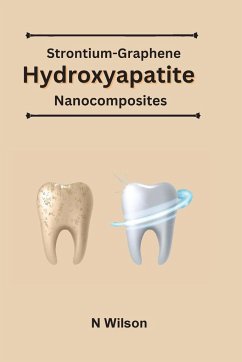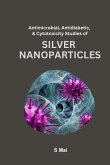This book is a comprehensive guide to the latest developments in the field of biomaterials, with a particular focus on nanocomposites for bone regeneration and tissue engineering. The book explores the use of strontium, graphene, and hydroxyapatite as building blocks for nanocomposites that can be used to create scaffolds for bone tissue regeneration. The book delves into the properties of these materials, including their biocompatibility, biomineralization, and mechanical properties, as well as their ability to deliver drugs and promote bone growth. The use of nanotechnology in the creation of these nanocomposites is also examined, including the use of X-ray diffraction, Fourier transform infrared spectroscopy, transmission electron microscopy, scanning electron microscopy, energy-dispersive X-ray spectroscopy, Raman spectroscopy, differential scanning calorimetry, and thermogravimetric analysis. The book also explores the in vitro and in vivo cellular response to these nanocomposites, as well as their antibacterial and anti-inflammatory properties. The use of these nanocomposites in bone cement, bone implants, and other medical applications is also examined, with a focus on their biodegradability, hardness, elastic modulus, compressive strength, cytotoxicity, inflammatory response, and immune response. Finally, the book explores the use of surface modifications, such as graphene oxide and surface chemistry, to improve the properties of these nanocomposites, as well as the use of calcium phosphate in promoting bone growth. Overall, "Strontium-Graphene Hydroxyapatite Nanocomposites" provides a valuable resource for researchers, students, and medical professionals interested in the cutting-edge field of biomaterials and nanocomposites for bone regeneration and tissue engineering.







